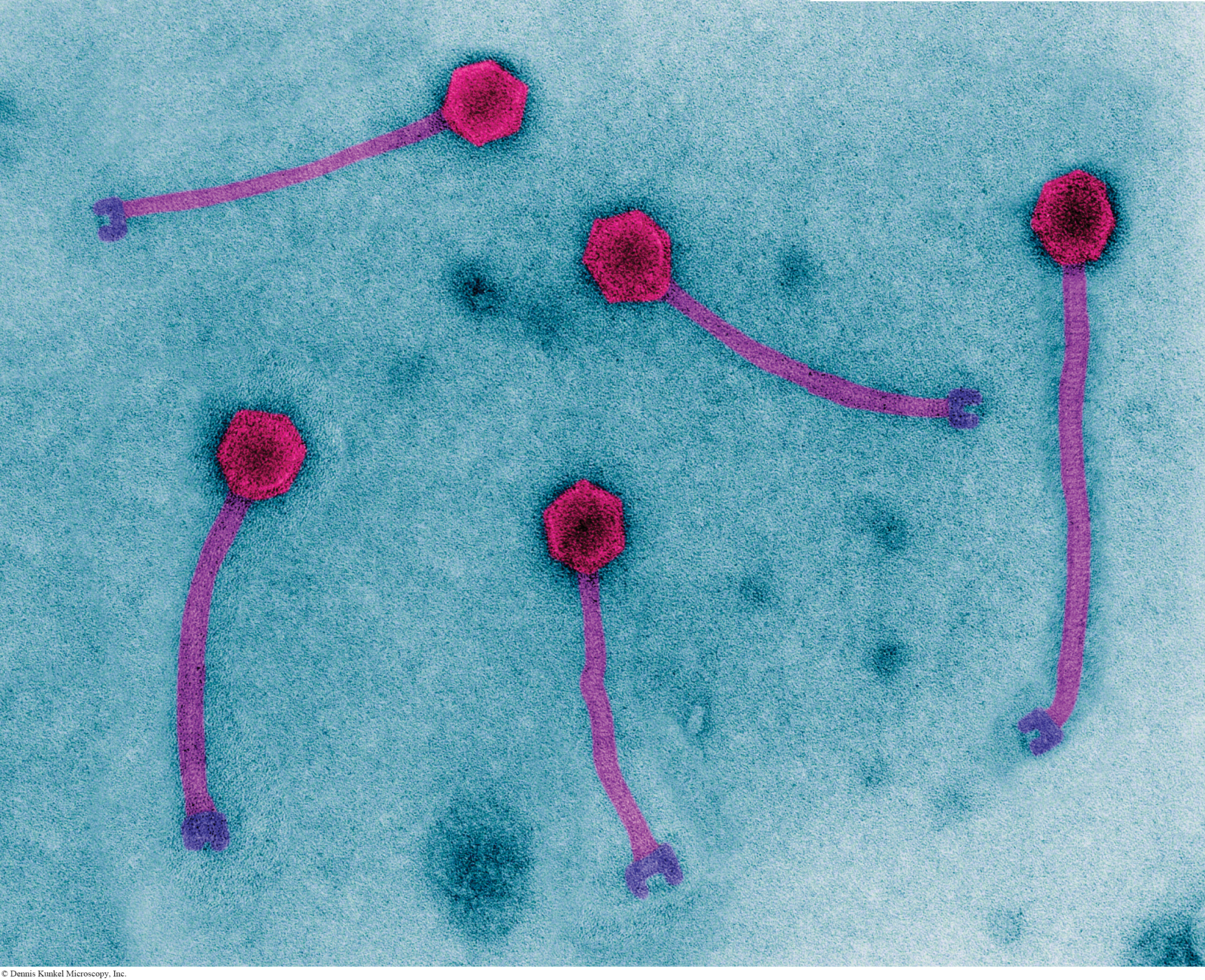13
Evolution and Diversity Among the Microbes
BACTERIA, ARCHAEA, PROTISTS, AND VIRUSES: THE UNSEEN WORLD
532

533
There are microbes in all three domains.
- 13.1 Not all microbes are closely related evolutionarily.
- 13.2 Microbes are the simplest but most successful organisms on earth.
Bacteria may be the most diverse of all organisms.
- 13.3 What are bacteria?
- 13.4 Bacterial growth and reproduction is fast and efficient.
- 13.5 Metabolic diversity among the bacteria is extreme.
In humans, bacteria can have harmful or beneficial health effects.
- 13.6 Many bacteria are beneficial to humans.
- 13.7 This is how we do it: Are bacteria thriving in our offices, on our desks?
- 13.8 Bacteria cause many human diseases.
- 13.9 Sexually transmitted diseases reveal battles between microbes and humans.
- 13.10 Bacteria’s resistance to drugs can evolve quickly.
Archaea exploit some of the most extreme habitats.
- 13.11 Archaea are profoundly different from bacteria.
- 13.12 Archaea thrive in habitats too extreme for most other organisms.
Most protists are single-
- 13.13 The first eukaryotes were protists.
- 13.14 There are animal-
like protists, fungus- like protists, and plant- like protists. - 13.15 Some protists can make you very sick.
Viruses are at the border between living and non-
- 13.16 Viruses are not exactly living organisms.
- 13.17 Viruses are responsible for many health problems.
- 13.18 Viruses infect a wide range of organisms.
- 13.19 HIV illustrates the difficulty of controlling infectious viruses.
534